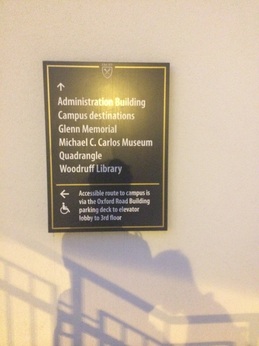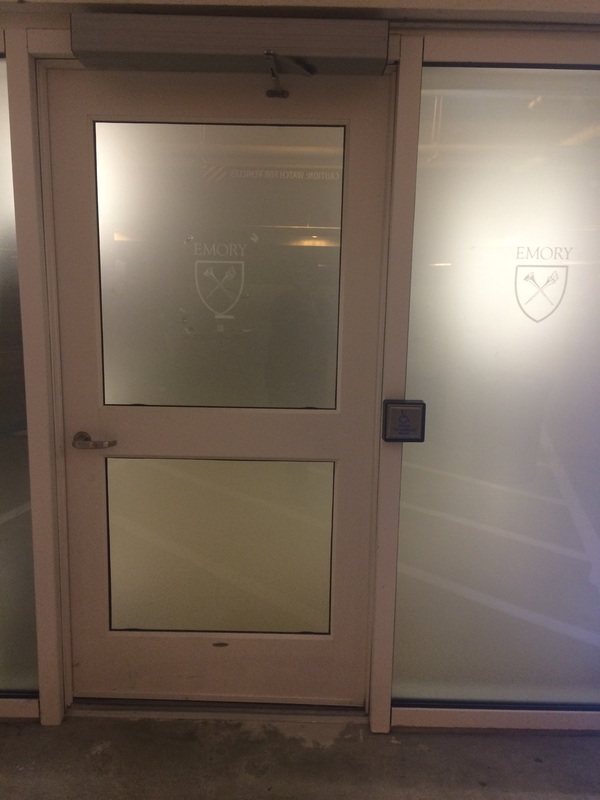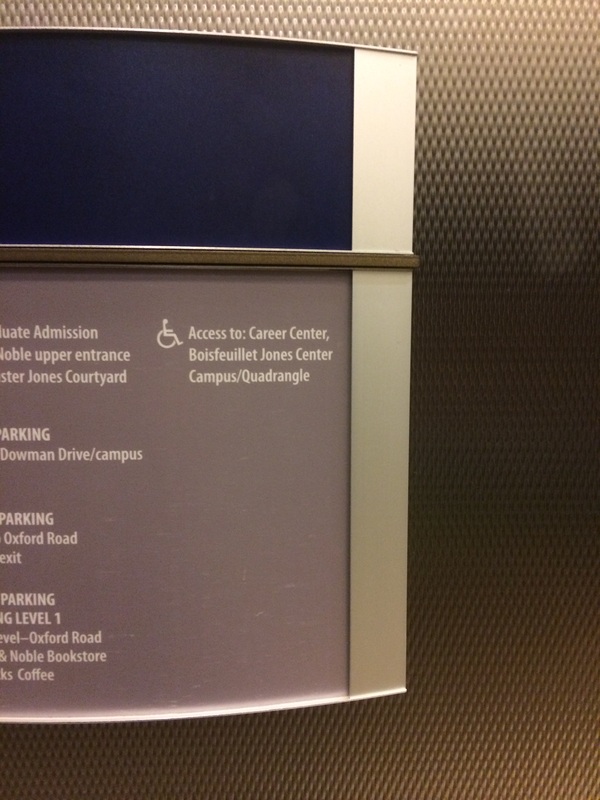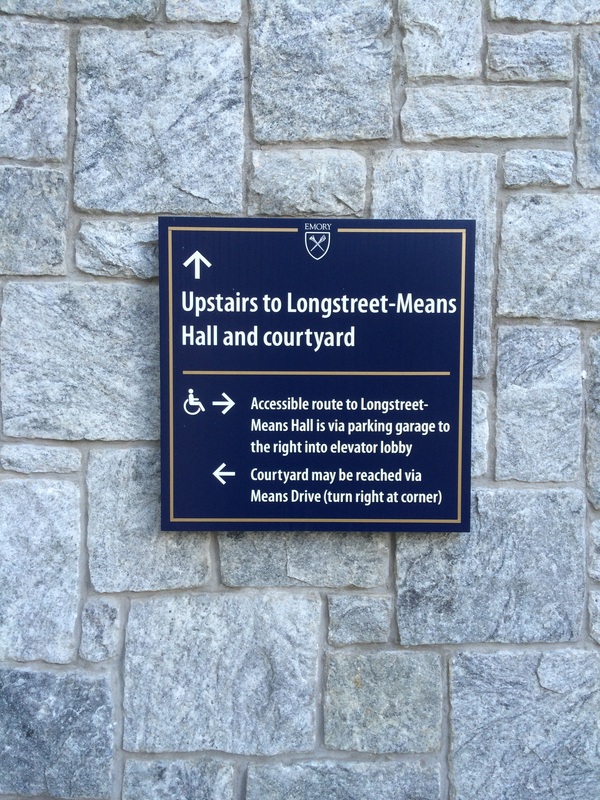I think looking at the report from McKinsey & Company, the world’s leading consulting institution will be most beneficial to my own research project. The report is from the “insights and publications” section on McKinsey’s official website. According to the footnote after the article, these insights and publications are aim to “help advance the practice of management and provide leaders with facts on which to base business and policy decisions.” (McKinsey & Company) So the article is mainly focused on the potential readers as managers and professionals in the healthcare industry who have specific knowledge of the industry, and are willing to get these profound insights to improve their management and future plans. As a professional business reports, the article focused on the overall situation of the market and the government’s policy. It opened with introducing the background information of big data in the healthcare industry, and gives out two reasons of why employing big data in healthcare industry is important and super beneficial. Then it analyzes the technology with some generalized argument, followed with solid evidence and numeric data. The evidences included in the article are all real life examples in the industry. The numbers from the financial data, along with the help the charts, give the readers clear sense of what is being discussed. And these numbers are really crucial in the business world. Then, based on the overall background of the market and solid evidence, the article discussed the future development and the potential improvement could be made by their partners. At the end, it also points out the possible flaws and risks of the technology, which can be viewed as the rigorous and considerate features of the business report in consulting.
The King’s Speech, a film received twelve Oscar nominations in 2010, depicts the story of King George VI as a King who has stammer. After his brother abdicated the thrown, King George VI reluctantly assumed the thrown. As the King of the United Kingdom, he had to give his public some inspiring and energetic speech especially during the period of World War II. However, as a stammer, it was really a huge obstacle to overcome for him to give a speech before the public. After seeing a lot of therapists but nothing helps, George came to see Lionel Logue, a private therapist. Unlike the common therapy methods, Lionel tried to comfort George and helped him to find the courage. Though the therapy, the King even became friends with the ordinary “private therapist.” And eventually, he succeeded in making great speeches and led the nation through the WWII. As a stammer who has linguistic disability, the King just represents the stereotype of having to overcome a lot of obstacles. And more than the physical disability of stammer, he had more to overcome psychologically. He had to be courageous and brave.
Annotated Bibliography
Calmes, Jackie. "Obama to Campaign to Ensure Health Law’s Success." New York Times. 4 Nov.2013. Web. 5 Nov.2013. <http://www.nytimes.com/2013/11/05/us/politics/obama-to-campaign-to-ensure-health-laws-success.html?ref=healthcarereform&_r=0>. The article is mainly about on the fifth anniversary of his election, President Obama reassured his supporters about his ambition and his plan of the health-care plan. The President also talks about the unexpected technical issue of the official government website healthcare.gov and said the problem will be fixed shortly. Furthermore, the President answered his criticizers why some companies had cancelled individual policies after the President promised that “American could keep their current coverage under his insurance program.” The reason is mainly because these plans did not meet the minimum coverage standards set by the Affordable Care Act. For my independent research, this information will be valuable when I research on how the consultants and the companies design the healthcare plans. As my primary professional interest, I will try to research disability along with the consultants and the health care project. I will start from looking at the news reports and latest arguments over the health care project, like the shutdown of the US government, which to some extent has some issue related to the large economic burden created by the Obama Health Project. And also, I will examine the specific health care plans for people with disabilities. I may choose two specific times to compare, like the plan in 1990 when ADA was just carried out and the plan today. From these comparisons, it may give me some basic idea of the overall condition of people with disabilities and their living standards. And also, I may implicitly get the idea of whether society and people have paid more attention on people with disabilities. And from the consultants’ side, I could also examine their role in the designing process of the health care plans. Like, what do they most care about, the benefit of their employers, the government act, or maybe the benefit of people with disabilities. And what’s more, in these health care plans, there are always some prefix at the very beginning that is saying what kinds of people could meet the requirement and take the benefit of the health care plan. And these words are always the most official words for defining disability. By looking over the changes of these words over decades, I may get an idea of the government’s and social attitude towards people with disabilities.
I am an outgoing person who is always willing to communicate with others and share my thoughts and opinions. I am an independent thinker; I am eager to expand my own creativity when finding my own solutions to dilemmas and riddles. And for the same problem, I will try different approaches and analyze from different perspectives to maximize my efficiency by taking the best solution. Thus, I think I would like to be a consultant in the future. It is because as a consultant, I am always faced with tricky problems and trying to find the best strategy for my partner; I am always required to work in a group with so many smart people who have brilliant thoughts and ideas and different perspectives on the same problem; I could communicate with different executives from the large firms and discuss the strategic management and overall situation with them. And last but not least, working on a project also requires a lot of travel, which may also gain me valuable experiences.
Currently, most of the consulting firms are expanding their business in the healthcare industries, helping the insurance company and healthcare institutions to design the most effective healthcare plans. And the healthcare plans are closely related to people with disability and other issues around disability. For Example, the Social Security Disability Insurance aims to help people with disabilities who meet certain medical and working criteria. And also, there are also some special insurance plans for people who work in some dangerous industries for the potential possibility of disability due to unexpected emergency.
Following the signage, we entered the parking garage and passed through it, just to find an accessible entrance to the elevator lobby with an automatic pushing button the wall. In the elevator, there is also a signage for people with disabilities showing where this elevator and the accessible route are leading to. These signs give people with disabilities clear senses and valuable information about the accessible route by showing them the directions and destinations they could get to. However, I think the location of the first signage in not appropriate. As it is in the midway of the stairs that we need to climb up quite a few steps in order to see the signage, a wheelchair user could not even see the signage. So it is better to put the signage on the walls at the bottom of the stairs. Or, if the signage is designed for people going out from the parking garage, I think it is better put the signage on the walls inside the garage since the elevator lobby is in the garage.
This time, I am looking at the accessible restrooms at the Long Street Means Hall. It’s a men’s restroom on the third floor of LSM. From the outside, we could see a signage on the wall. And the door is pretty wide of about 36 inches, wide enough for a wheel chair user. However, the door use a lever knob, and one needs to push the door after spin the lever, so it may be inconvenient for a wheelchair user to open the door. Going into the restroom, we can see a toilet specially design for people with disabilities. The stall door is as wide as the entrance door of the restroom of 36 inches. And we could see there is really large space inside, almost double the size of an inaccessible one. The paper holder is just on the right hand side of the toilet and is pretty much reachable. Also, there are armrests on both of the walls. Last but not least, the basin is perfectly reachable for a chair user. So this is pretty much an accessible restroom for people with disabilities This time, I am looking at different routs from Zaya to the Long Street Means Hall at Emory University and whether they are accessible for people with disabilities. Zaya is a Mediterranean restaurant behind the Long Street Means Hall (LSM). When we walk out Zaya, we can see LSM is just at the opposite side of the road. After crossing the street, we just need to climb up some stairs, pass the sidewalk along a lawn and here we are at LSM. However, it’s really inconvenient for people with mobility issues like wheelchair users to climb up the stairs. We need to find an accessible route.
Dobbs Hall is a dormitory for first year students at Emory University. It is always the top choice for the freshmen because of its wonderful location in the central campus and close knit community. Today, we are looking at the entrances of Dobbs Hall and trying to examine whether they are “accessible” enough.
As we could see from the video, after I swiped my card and pressed the button, it took a long time for the door to fully open in a really slow movement, for nearly ten seconds. But, it just kept open for less than five seconds and closed in an extremely fast manner. That could be really dangerous for the wheelchairs users and those who use the crutch temporarily. As they always move at a relatively slow speed, five seconds may be too short for them to get into the entrance. And the door may even hit them when it shuts suddenly.
I chose to illustrate the point of whether the “access of people with disabilities” has received proper attention in my Glossary Entry with Prezi presentation. Since, I used the data analysis method to prove the point, it would be much clearer for the readers to read the charts and graphs from the website rather I explained them in text modes. Also, I included the video of the senator’s speech about ADA, which inspired me when I viewed it, to give the readers some valuable information about the topic.
I think this kind of multimodal remediation is really helpful. It helps me to validate something hard to explain simply in words. And also, showing the resources directly from the websites, books, video or public speeches could also strengthen the points I argued and make them more conceivable. However, as the first I have ever made a prezi presentation, I think I still have a lot to improve in my presentation, like the overall structural design, color and font selections. I will spend more time on prezi, trying to explore all the functions and improve my presentation. |




 RSS Feed
RSS Feed